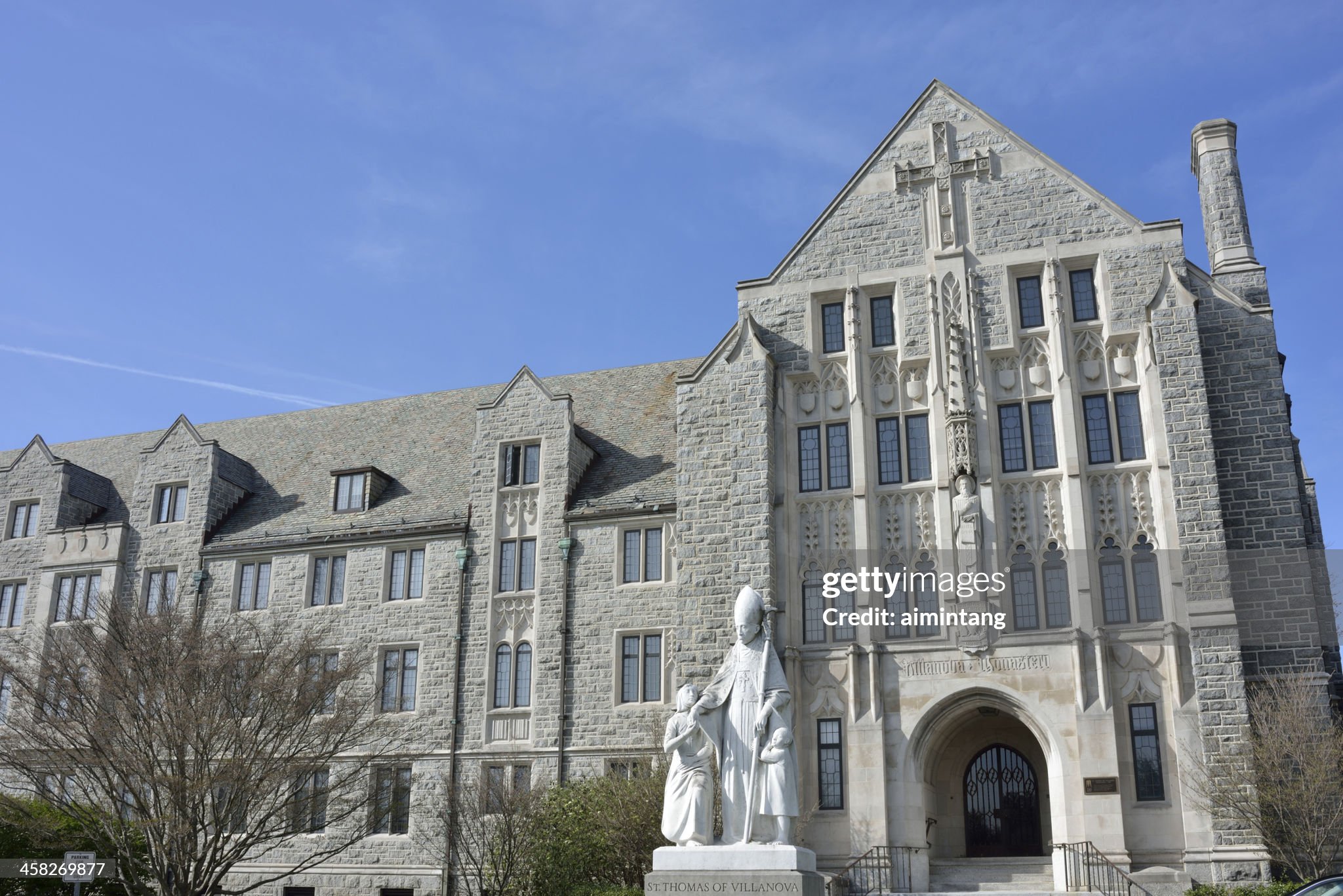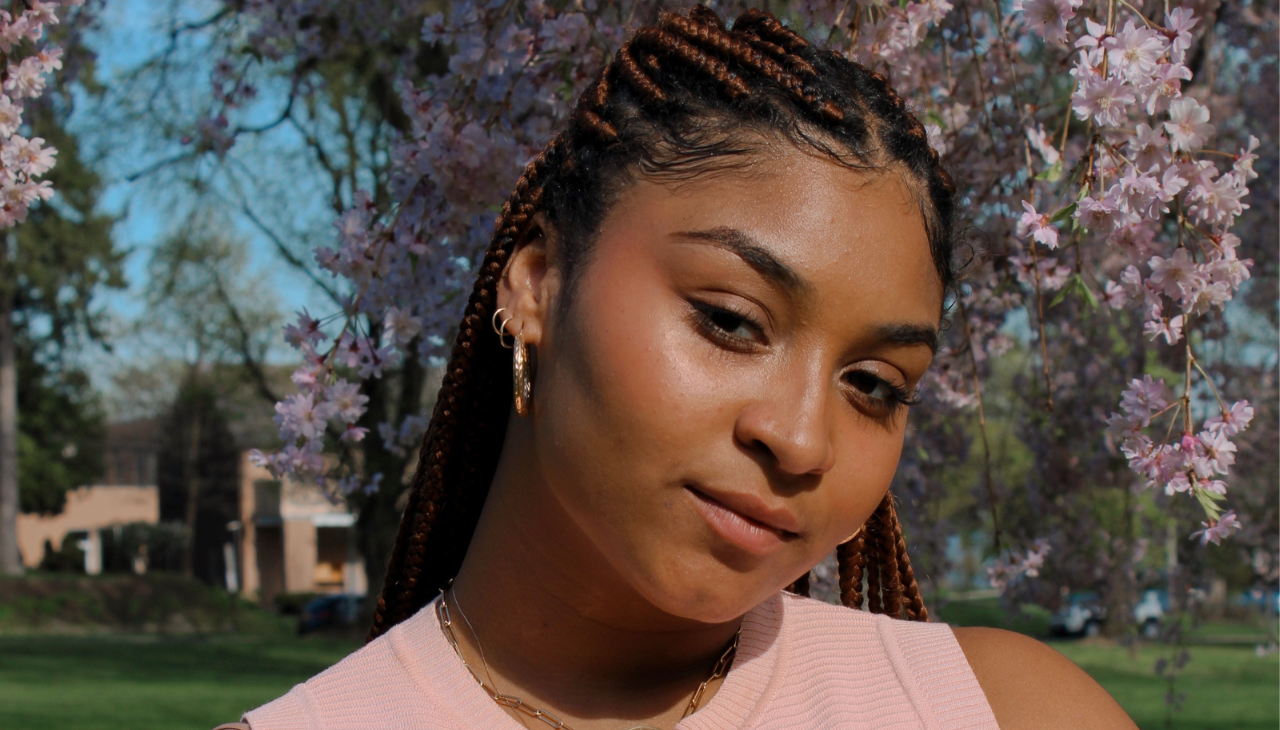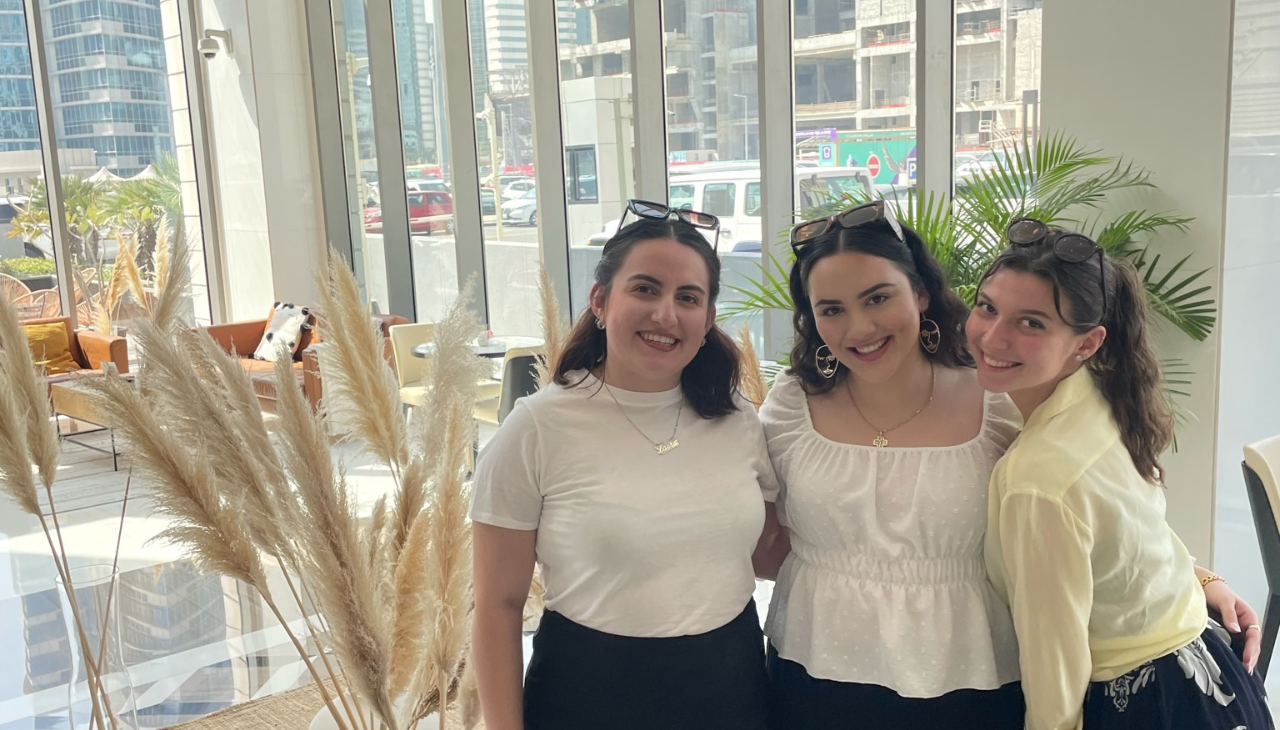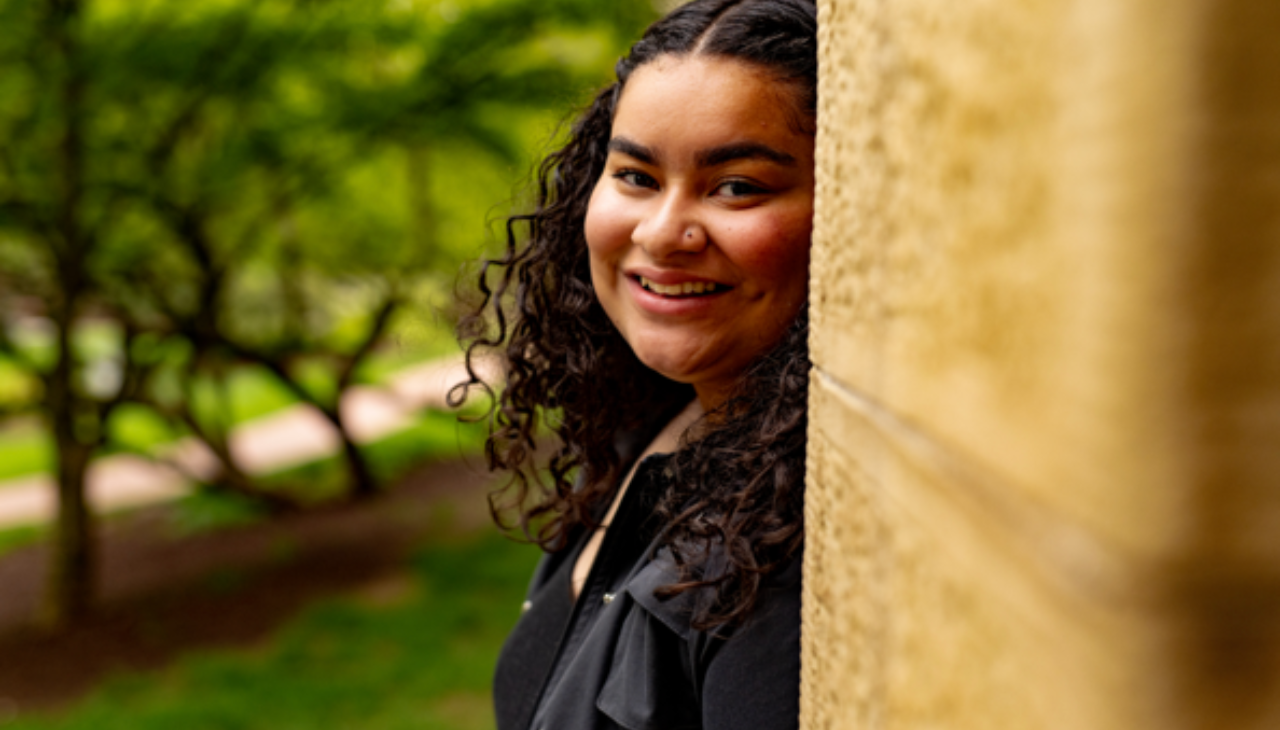
Women in space still have a ways to go
As of Sept. 26, Yelena Serova has gone farther than any Russian woman of her generation as the first female cosmonaut to venture into space in nearly two decades. Yet media is still stuck on her hair.
The 38-year-old engineer was answering questions on her years of training and preparation for months living and working on the International Space Station (ISS). But some of the questions took a different focus.
One reporter asked how she would care for her hair and what style she would wear on board the space station. Serova asked if the reporter was interested in her male colleagues’ — Russian Alexander Samokutyaev’s and Barry Wilmore’s — hair styles. Others inquired about how her relationship with her daughter would be affected. Other crew members have children as well, but are rarely questioned on their relationships.
“Men should lead the way to distant planets and carry women there in their strong hands,” Anatoly Grigoryev, Director of the Russian Institute of Medical and Biological Problems
Women in Space
Just a decade has passed since director of the Institute of Medical and Biological Problems, Anatoly Grigoryev, said that, “women are fragile and delicate creatures,” and, “men should lead the way to distant planets and carry women there in their strong hands.” Grigoryev still advises and assists in the selection of who travels to space.
Serova is the fourth female cosmonaut, the name for Russian space travelers, since 1963, when Valentina Tereshkova became the first woman in space. U.S. female astronaut Karen Nyberg lived on the ISS for half of last year. So far, the station has hosted more than 200 people in its 15-year history. Less than 40 of those engineers and researchers have been women, and most of those women have been white.
Mae Jemison was the first African American woman to have traveled in space on a 1992 mission. Stephanie Wilson became the second African American woman to venture off the Earth in 2006, and Joan Higginbotham the third a few months later. Ellen Ochoa, who flew in four missions from 1993 to 2002, remains the only Latina to have been to space and Kalpana Chawla the only Indian-American in space. Chawla had traveled one mission in 1997 before dying aboard Columbia in 2003.










DEJE UN COMENTARIO:
¡Únete a la discusión! Deja un comentario.